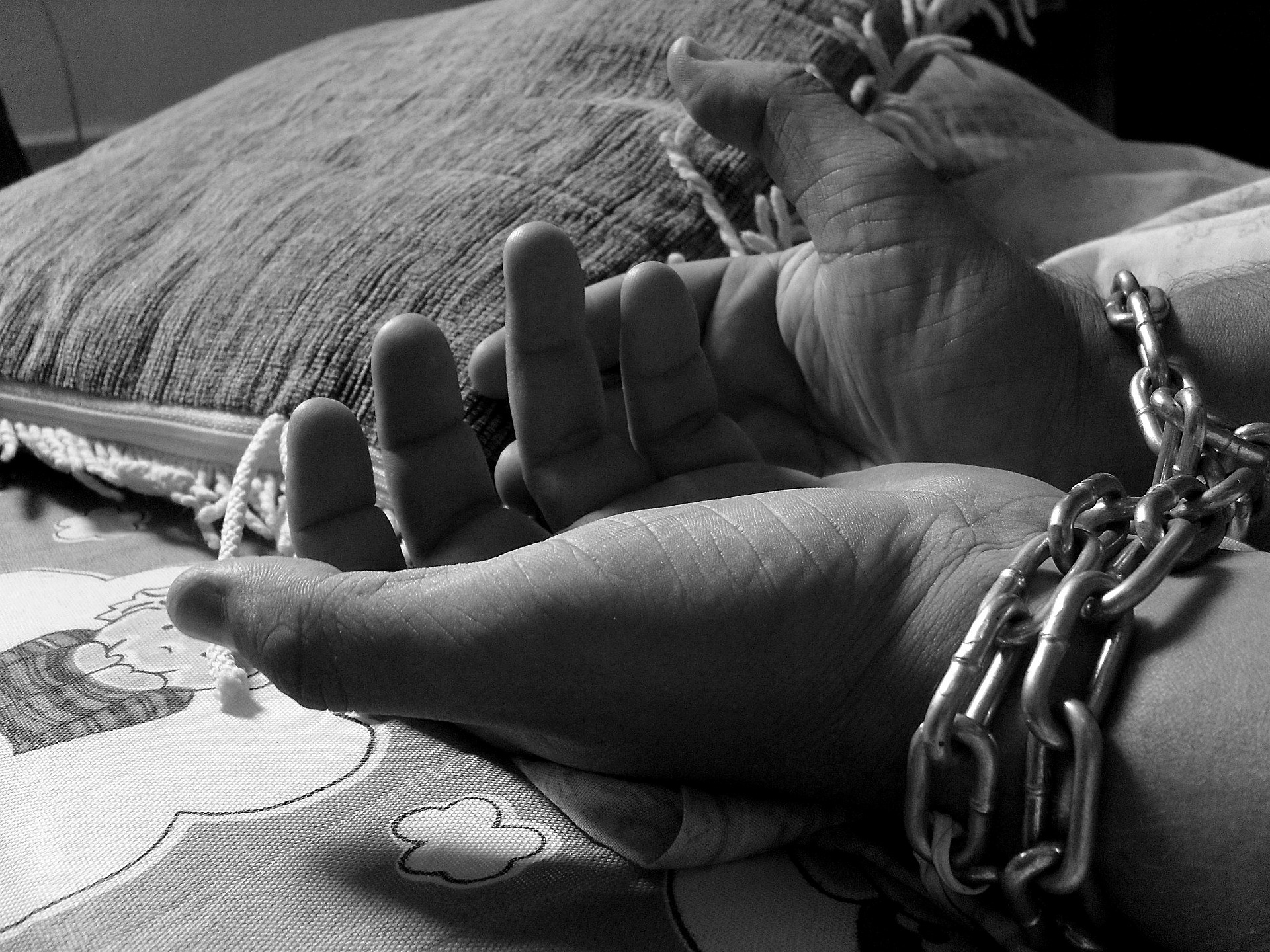Some 272 million people, which is about 3.5% of the world’s population, are international migrants, according to a 2020 report by the International Organization for Migration (IOM). Globally, the estimated number of migrants has been increasing over the past five decades. This number is 119 million people higher than it was in 1990 and more than three times higher than it was in 1970.
The perspective that we live in a connected world, with various asymmetries, brings up the debate on international migrations and forms of forced migration, and the resulting vulnerabilities, such as migrant smuggling and human trafficking. Hence, migration is a complex global challenge.
Conceptual differences
In a world with constant human movement, human trafficking and migrant smuggling have become a significan issue to face. Still, there are conceptual differences between migration, migrant smuggling and human trafficking, and understanding them is essential to create specific mechanisms to combat them, prevent them and assist their victims.
Migration is a social phenomenon that occurs with the voluntary movement of people, without the intermediation of third parties, from one place to another, either within a country’s borders or between nations, with the intention of remaining in them. Migration is a phenomenon that must be respected and guaranteed, including the use of internal policies for the reception and care of migrants.
Migrant smuggling occurs when a person is consensually transported by third parties to another country, by illicit means and with the intention of obtaining, directly or indirectly, an economic benefit. The use of a third party’s “service” occurs as people are unable to enter the country of destination by normal means, given that the person is not a national or permanent resident, and doesn’t meet the necessary requirements to obtain a required visa. In migrant smuggling, the victim provides her or his consent and agrees with the third party to be transported to the desired destination. This modality doesn’t contain an element of coercion or deception. Therefore, it is considered a form of violation of immigration laws and presupposes the voluntary participation of migrants in smuggling networks for an irregular entry into a country.
Due to its irregular nature, there are no reliable global statistics on the number of migrants who are smuggled each year, the IOM said. In Brazil, data from the Federal Police indicate that migrant smuggling could have moved R$8 billion alone in 2021 and that an average estimate suggests that each migrant pays about R$112,000 to smugglers to reach the United States.
Human trafficking, on the other hand, involves movement by means of deception, coercion or taking advantage of their social vulnerability, with the intention of exploiting them at the final destination, obtaining an economic benefit. This exploitation can take many forms, such as sexual exploitation, forced labor, forced marriage, organ donation or begging. Trafficking transforms the person into a trade object.
Separating trafficking from migration
Human trafficking affects mainly women and girls, who make up 65% of victims, according to the United Nations Office on Drugs and Crime (UNODC). This phenomenon essentially refers to a form of exploitation as a consequence of the prevailing economic system in the world. This is a fundamental perception as human trafficking is often thought of as the result of displacement, whether it is domestic or international. But what leads to human trafficking is its exploitation, regardless of the purpose of exploitation.
When the understanding of the trafficking phenomenon focuses on migration, there is scope for applying migration control measures as a justification for combating trafficking in persons. Migration, in itself, shouldn’t be prevented, limited or restricted. Migration is a human right that must be fulfilled by countries. But when it is understood that human trafficking is an exploitative phenomenon, it creates the opportunity to think of the victim as the focal point of protection.
The clarity of this regulatory framework facilitates the observation, analysis, design and implementation of possible public policies that address the phenomenon from a comprehensive approach, in which effective mainstreaming is only guaranteed with a rights-based approach.
Migration as a basic right
Living conditions in most Latin American countries impede the retention of the population in search of better living conditions across borders. Moreover, in the context of the pandemic, poverty, inequalities and lack of employment opportunities have worsened, while 73 regional billionaires have increased their fortunes by $48.2 billion in 2020, according to a recent Oxfam report.
The disadvantaged situation for many migrants means that they often accept jobs under worse conditions than they would have accepted in their countries of origin. Despite being in worse conditions—often even in situations analogous to slavery—or performing less complex tasks, the remuneration for this work is often better than in their countries of origin, either because of the value itself or because of a more favorable currency exchange rate. In this way, immigrants can send money to their families, who often survive thanks to the help.
But there are other symbolic motivations, which are not only related to economic conditions. The “dream” of working in Europe or the United States is very strong as it has been idealized in the culture of many countries. Migrating represents the search for conditions to be someone different, with new social roles.
Therefore, it is important to understand the migration process in order to understand the transformation of the economic, social, cultural and symbolic spheres of migration processes.
Translated from Spanish by Ricardo Aceves












